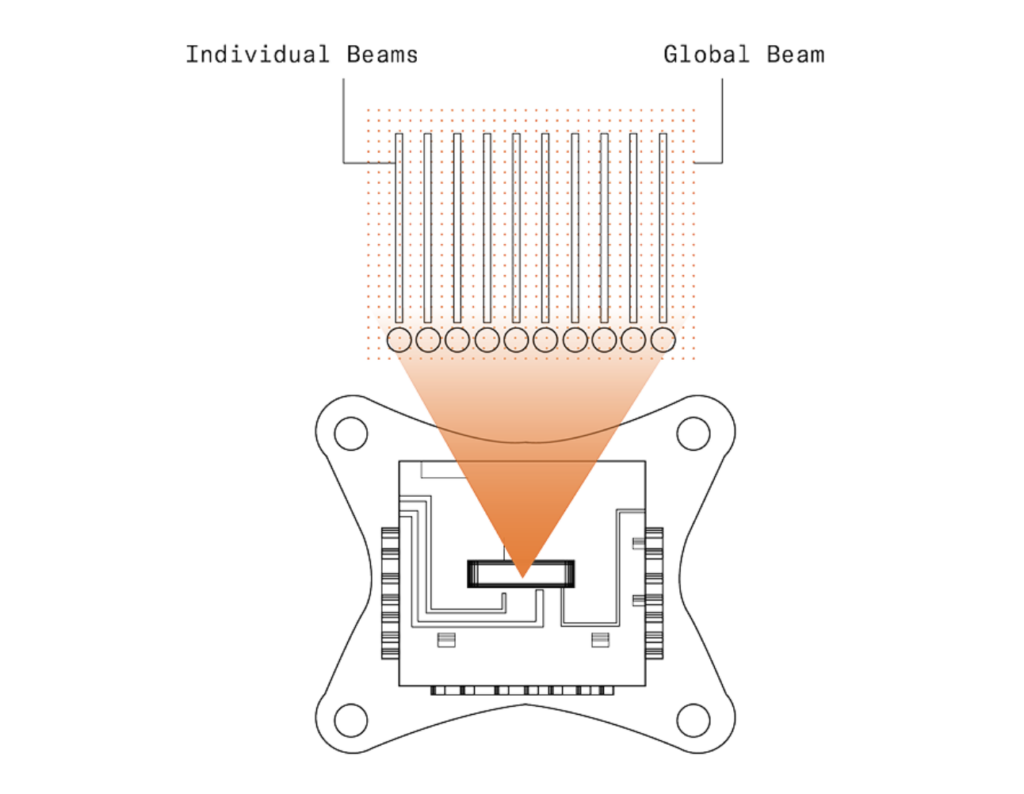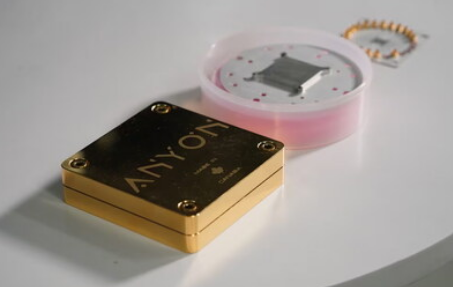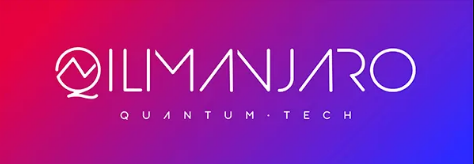Insider Brief
- Researchers at Northwestern University have developed a quantum compiler, SEQC, that improves the reliability and speed of modular quantum computing systems by leveraging a chiplet-based approach.
- SEQC increases circuit fidelity by up to 36% and reduces compilation times by 2 to 4 times, offering significant advancements in modular quantum systems’ scalability and efficiency.
- By dividing programs into smaller tasks and optimizing them independently, SEQC addresses challenges in inter-chiplet communication and lays the groundwork for real-time optimization in larger quantum devices.
Quantum computing researchers at Northwestern University report a new take on quantum compilers helped improve the efficiency and reliability of “chiplet-based” modular quantum computers.
Although it sounds like something that might be in a bag next to the pretzels at your next party, chiplets are, in fact, an intriguing approach to building quantum computers. As we’ll discover later, they are small, modular pieces of a computer processor that are designed to function as a building block for creating larger, more complex chips.
In a recent study posted on arXiv, a team of Northwestern University researchers report their Stratify-Elaborate Quantum Compiler (SEQC) boosts circuit fidelity by up to 36% and speeds up compilation by 2 to 4 times compared to existing tools, addressing critical scalability challenges in this emerging era of chiplet-based quantum systems.

Modular Quantum Systems and Their Challenges
As quantum computing systems scale to meet demands for higher performance, monolithic architectures — single large processors — are, in some cases, giving way to modular designs. These designs link smaller chiplets, which are easier to manufacture and maintain, into larger quantum processors. However — because nothing is easy in quantum technology — interconnecting chiplets also introduces new challenges, particularly in compiling quantum programs into executable instructions. Current quantum compilers struggle with variability in connection quality between chiplets, which affects execution times and error rates.
“Hardware modularity adds significant complexity to this already hard task, as inter-chiplet links are typically inferior compared to intra-chiplet ones, connectivity across chiplets is often limited, and not all basis gates are necessarily supported across chiplets,” the team writes.
The SEQC Solution
The researchers’s SEQC approach divides the compilation process into two main stages: stratification and elaboration.
Stratification is when the quantum program is divided into smaller subcircuits that align with the architecture of the chiplets. This step is a single task — or one-time overhead — that is performed when a program is initially tailored to a modular quantum system. In the elaboration step, Each subcircuit is optimized and compiled independently for its respective chiplet. This stage benefits from parallel processing, significantly reducing overall compilation time.
This stratified approach shifts the focus from optimizing for monolithic systems to exploiting the strengths of modular architectures. For example, SEQC minimizes the need for inter-chiplet communication by strategically assigning tasks to specific chiplets, according to the researchers.
Quantifiable Gains
In testing, the researchers report that SEQC demonstrated substantial improvements in the paper. Here are some significant stats:
- Circuit Fidelity — The quality of quantum circuits produced by SEQC increased by up to 36%. Higher fidelity circuits are critical for reducing errors and ensuring reliable computations.
- Execution Time — Quantum circuits compiled by SEQC ran up to 1.92 times faster. Faster execution reduces the likelihood of errors caused by qubit decoherence.
- Compilation Speed — By parallelizing compilation tasks, SEQC achieved solve times up to 4 times faster than a baseline compiler modified to handle modular systems.
The team tested SEQC using simulated modular quantum systems with up to 800 qubits, distributed across 80 chiplets. The compiler consistently outperformed the baseline, especially as the number of qubits increased.
Rethinking It, Rather Than Overthinking It
The research shows the importance of rethinking quantum software to align with the evolving hardware landscape. Modular quantum systems may be one way to face the physical and engineering constraints that make it impractical to build larger monolithic processors. Tools like SEQC ensure that the advantages of modularity — such as easier scaling and maintenance — are not offset by inefficiencies in software.
SEQC’s focus on parallelism also highlights the potential for leveraging advances in classical computing hardware to support quantum systems. By reducing the computational burden of compilation, SEQC paves the way for real-time optimization that offers a way for quantum devices grow larger and more complex.
Limitations and Future Directions
This is an early attempt at SEQC, so there is more work to do, the researchers suggest, offering a few places for future efforts. The stratification stage, for example, introduces a one-time overhead, and its effectiveness depends on the complexity of the quantum circuit. While SEQC reduces inter-chiplet communication, it does not eliminate it, meaning that performance still hinges on the quality of physical connections between chiplets.
Future research could explore ways to further minimize inter-chiplet communication or enhance the fidelity of these connections. Another potential avenue is adapting SEQC for different modular architectures, such as those employing optical or ion-trap qubits, which have different constraints and opportunities.
For a deeper, more technical look at the research, which this summary article can’t provide, please review the paper on arXiv. It’s important to note that arXiv is a pre-print server, meaning that the study has not officially been peer-reviewed. These servers help researchers receive informal feedback from their colleagues because the science and technology around quantum computing is moving so fast.
The research team included: Mingyoung Jessica Jeng, Nikola Vuk Maruszewski, Connor Selna, Michael Gavrincea, Kaitlin N. Smith, and Nikos Hardavellas, all affiliated with Northwestern University.


















